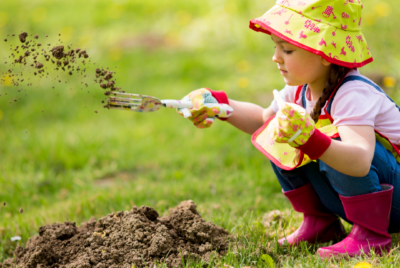RESEARCH
Effects of Color Stimuli Application in Horticultural Therapy on the Changes in Challenging Behaviors of the Developmentally Disabled
Summary
The study involved 12 individuals with developmental disabilities participating in 15 horticultural therapy sessions incorporating color stimuli from plants, sand, clay, paints, flowers, and ribbons. The goal was to assess changes in motivational factors behind challenging behaviors, such as attention-seeking, escape, tangible reinforcement, and sensory factors. Using the Motivation Assessment Scale (MAS), results showed significant reductions in challenging behaviors, with improvements persisting one month post-intervention.
Findings indicate that colors play a crucial role in emotional stimulation and behavioral modification, supporting psychological stability and reducing maladaptive behaviors. The study underscores the importance of sensory-rich horticultural therapy programs for individuals with disabilities, recommending further research on long-term behavioral improvements







